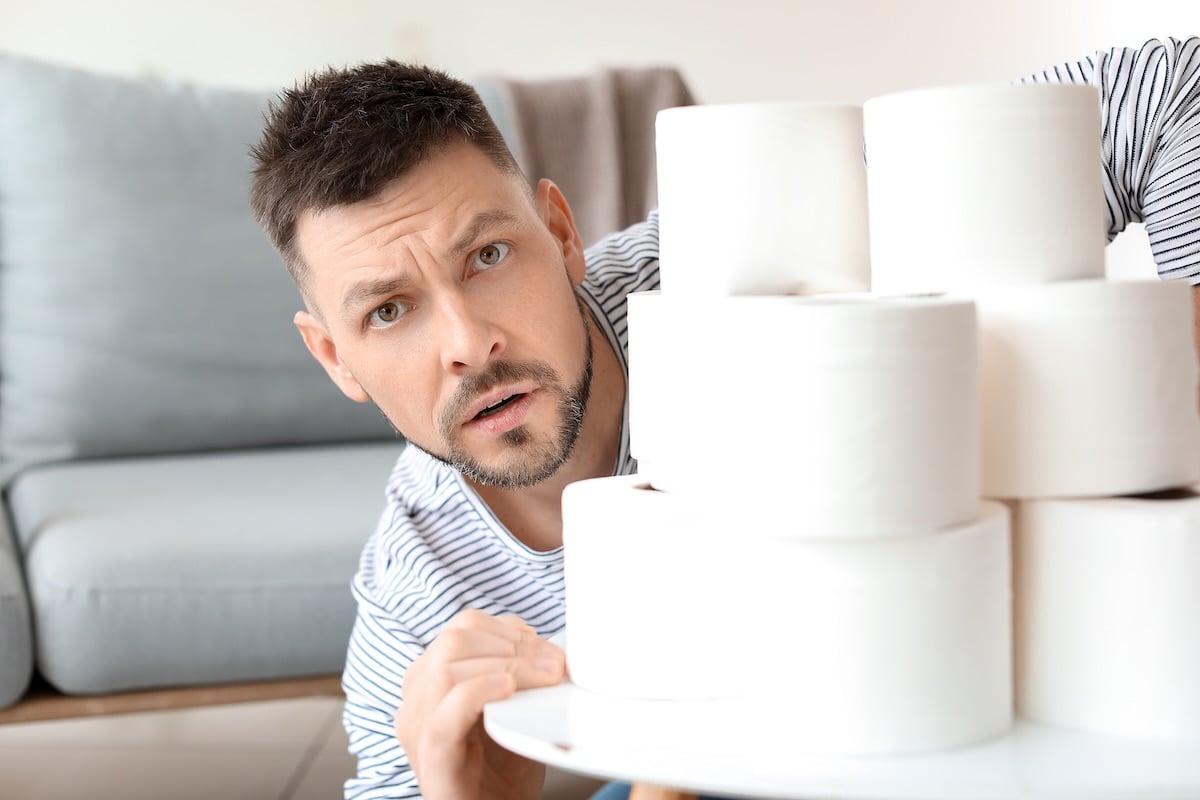For over a century, toilet paper has been the standard for personal hygiene in millions of homes worldwide. Cheap, accessible, and easy to use, it has long been considered essential. But today, smart toilets with water jets—also called washlets—are starting to change the game. Popular for decades in Japan, these high-tech toilets are now gaining ground in Europe and sparking a debate: which is truly better—traditional toilet paper or smart toilets?
A Short History of Toilet Paper
The story of toilet paper began in 1857, when American inventor Joseph C. Gayetty created “Gayetty’s Medicated Paper.” Made from Manila hemp and infused with aloe, it was promoted as a remedy for hemorrhoids.
By the late 19th century, toilet paper rolls were introduced, becoming the standard format we know today. Since then, it has become an everyday essential—simple, portable, and used almost everywhere.
The Advantages and Drawbacks of Toilet Paper
Toilet paper has strengths, but also some major weaknesses.
Benefits of Toilet Paper
-
Affordable and accessible – Found in every store and suitable for every budget.
-
No installation needed – Works anywhere, whether at home, in public restrooms, or while traveling.
-
Convenient – Quick and easy to use, no extra steps required.
Downsides of Toilet Paper
-
Not always hygienic – It doesn’t guarantee a deep clean, often leaving residues.
-
Skin irritation – Can cause discomfort for people with sensitive skin.
-
Environmental cost – Toilet paper production uses enormous amounts of water and trees.
-
Plumbing issues – When combined with wipes, it can clog sewage systems.
These drawbacks explain why many people and experts are considering alternatives.
Smart Toilets: From Japan to Europe
In Japan, smart toilets with water jets have been common for decades. They offer a much more advanced bathroom experience, combining comfort, hygiene, and luxury. Some common features include:
-
Adjustable water temperature and pressure.
-
Warm-air drying.
-
Heated seats for extra comfort.
-
Automatic lids and deodorizing functions.
Until recently, these toilets were considered luxury items. However, they are now spreading across Europe. High-end hotels such as The Mayfair in London and Park Hyatt Paris-Vendôme have already installed them. Airports, restaurants, and private homes are also starting to adopt washlets as awareness grows.
Which Is More Hygienic: Toilet Paper or Washlets?
Research strongly supports smart toilets. A 2022 study published in the Journal of Water, Sanitation and Hygiene for Development found that using water jets reduces bacteria and microorganisms much more effectively than toilet paper.
Simply put, water cleans better than dry paper. Washlets offer a deeper, gentler cleanse while reducing the risk of irritation.
Why Toilet Paper Still Dominates
If washlets are so effective, why do most households still rely on toilet paper? The answer lies in three main factors:
-
High cost – Smart toilets can cost anywhere from $1,200 to $7,000.
-
Installation challenges – They require electricity and plumbing adjustments, making them harder to add to existing bathrooms.
-
Cultural habits – Many people are reluctant to abandon toilet paper because it feels normal and familiar.
These barriers explain why toilet paper remains the default choice in most Western countries.
The Environmental Angle
Another important part of the debate is sustainability. Toilet paper production requires cutting down millions of trees every year and consumes huge amounts of water. In contrast, smart toilets use far less water overall and create no paper waste.
As environmental awareness grows, many eco-conscious consumers are viewing washlets as a greener option. They align with efforts to reduce waste and cut down on deforestation, making them attractive for people looking to live more sustainably.
The Future of Bathroom Hygiene
While toilet paper is still dominant, the rise of smart toilets shows a clear trend toward change. Factors such as hygiene, comfort, and sustainability make washlets appealing, and as technology becomes cheaper and easier to install, more households will likely adopt them.
That said, change won’t happen overnight. Toilet paper remains affordable and universal, while smart toilets are still viewed as luxury products. But in the coming decades, we may see a balance—traditional toilet paper coexisting with advanced washlet technology.
Toilet paper has been the gold standard for over 150 years, but its flaws—limited hygiene and high environmental costs—are hard to ignore. Smart toilets offer a cleaner, more comfortable, and eco-friendly solution, though price and cultural habits still hold many people back.
The real future of bathroom hygiene may not be about choosing one over the other, but about finding smarter, greener ways to balance tradition and innovation.
